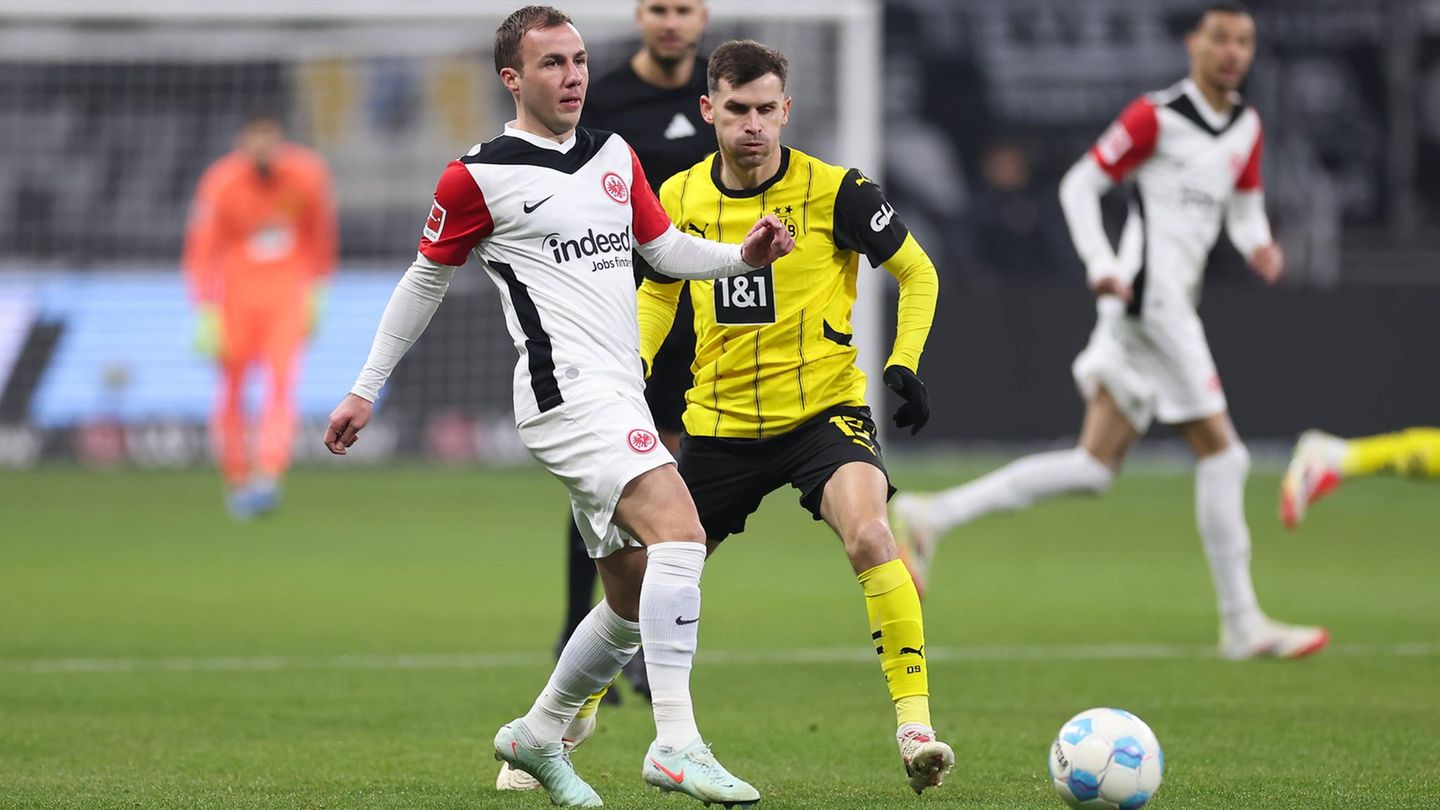By Anne Fliegel
A few weeks ago a forest worker in Hinterstoder severed his entire left hand in an accident with a chainsaw. Afterwards, surgeons at the Kepler University Hospital Linz were able to replant the 34-year-old’s hand in an operation lasting almost ten hours. The OÖNachrichten reported.
This complex operation involves the surgical reunification of completely or partially severed body parts. The aim is to restore blood circulation and to maintain body functions as well as possible. In such an operation, the bone ends are primarily fixed to one another again. Subsequently, tendons, vessels, nerves and muscles are joined together.
Occupational therapy supports healing
In order to restore as many functions as possible after the replantation, subsequent occupational therapy is essential for those affected.
In the first phase, occupational therapists adjust a so-called “positioning rail” in order to protect the restored connections and prevent consequential damage. It also relieves swelling and pain.
The procedure is then individually coordinated with the patient. The aim is to keep the permanent restrictions of movement as low as possible and to support the patients in regaining their independence in everyday life. There are various materials, concepts and exercises for this.
Gripping pliers and tightening aids
After a replantation, the most important training is that which helps the patient to take care of himself again. Everyday activities such as getting dressed, shopping or cooking are practiced. In addition, motor skills such as mobility, resilience and coordination of the body part are trained. The occupational therapists also present various objects to those affected that can help make everyday life easier. These can be gripping pliers or sock donning aids, for example. But scar treatment, counseling sessions and adaptations of the living space are also part of the occupational therapy area. This usually takes many months after a replantation.
Occupational therapy after the chainsaw accident is also very important for the 34-year-old patient. Above all, the senior occupational therapist at Med Campus III, Kathrin Reiter, takes care of his long path back to everyday life.
It supports him in regaining his sensitivity and being able to live independently.
Jane Stock is a technology author, who has written for 24 Hours World. She writes about the latest in technology news and trends, and is always on the lookout for new and innovative ways to improve his audience’s experience.




